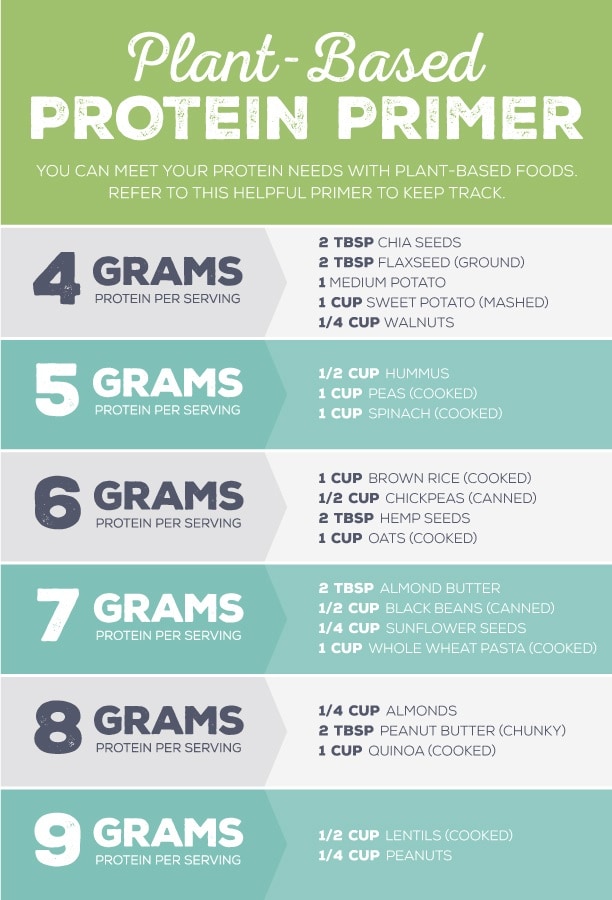Updated December 28, 2021
If you’re looking for ways to eat better and shift toward your health goals, the Mediterranean diet may be for you. It’s not only a delicious and satisfying way to eat—Mediterranean-style foods and recipes also offer a variety of nutritional benefits.
Let’s walk through the particulars of this eating pattern and the science behind its success. Give your menu a Mediterranean makeover. Explore an abundance of new dishes to add to your repertoire.

What is the Mediterranean diet? This style of eating builds upon the traditional dietary habits of people living in the Mediterranean region. Foods may include vegetables, fruits, whole grains, beans, herbs, spices, nuts, and high-quality fats such as olive oil. Limited sweets, low to moderate dairy, and low red meat intake are also characteristics of this eating pattern.1
What are the benefits? Scientific evidence shows that the Mediterranean diet may help reduce the risk of type 2 diabetes and cardiovascular disease, among other health benefits.2 The American Diabetes Association recognizes the Mediterranean-style eating pattern as improving glycemic control and cardiovascular risk factors in people with type 2 diabetes.
How can I make my meals more Mediterranean? Start with small changes in your eating patterns. There are so many simple ways to shift your habits in a positive direction.
Boost the plants.
Plant-based recipes are popular and easy to prepare. Try grain bowls, vegetable-based soups, and salads with your favorite ingredients. Our Publix Aprons® Mediterranean Cauliflower-Mushroom Soup is a go-to!
Go light on meat.
If you enjoy meat, change the way you think about it as part of your meal. Go with smaller amounts, such as small strips of sirloin in a salad or a few pieces of chicken to garnish your pasta dish. Rather than more meat, add plant-based proteins such as beans, legumes, and nuts to your plate. They taste great, fill you up, and include fiber. It’s all about choosing quality proteins.

Step up the seafood.
Be sure to eat seafood twice a week, as recommended in the 2020–2025 USDA Dietary Guidelines for Americans. Salmon, trout, oysters, crab, mussels, catfish, clams, and flounder are excellent choices.3
- Our Saffron Fish Stew is a flavorful dish that’s ideal with snapper, mahi-mahi, or tilapia as the main ingredient.
- Our wonderful Santorini-Style Fish with Tzatziki Farro is another winner for your family.
Bring on the fiber.
As mentioned above, fiber provides a feeling of fullness. By helping you eat less to be satisfied, it may assist with weight loss or maintenance—which is recommended for those with type 2 diabetes.5
Our Chickpea-Quinoa Patties with Cucumber Sauce is a great recipe to get more fiber, not to mention whole grains and beans.
Remember the good fats.
The 2020–2025 USDA Dietary Guidelines for Americans recommends replacing saturated fats with unsaturated fats. Here are some easy ways to make the swap.
Flavor with herbs and spices.
Each country in the Mediterranean region has its own distinctive flavors. Cooking with fresh or dried herbs and spices can help you create flavorful meals using less salt and fat. Here’s some inspiration.
Mediterranean makeover meals.
Substitute your traditional fare with nutritious, great-tasting Mediterranean dishes. Start with a breakfast remodel. Switch the scrambled eggs and sausage for a Sprouted Bread-Squash Strata or Southwest Breakfast Bowl.
Transform your lunch and dinner:
- Go from the traditional turkey sandwich to a Lentil Burger with Cool Avocado Salsa.
- Replace steak and potatoes with Beef and Peach Skewers with Persian-Style Farro Salad.
- Pasta night can be plant-based with Lentil Bolognese over Zoodles.
Refashion appetizers! Instead of the usual cheese and crackers, bring Garlic Baba Ghanoush, Roasted Pepper-Zucchini Bruschetta, or Vegetable Strudel to the party.
Diabetes and the Mediterranean diet.
While there’s not a one-size-fits-all eating pattern for people with diabetes, the Mediterranean diet has shown promise in terms of helping to manage type 2 diabetes as part of an overall healthy lifestyle. For certain people at risk of developing type 2 diabetes, this eating pattern has shown positive results in helping to prevent the disease.6 As you consider changing your diet, be sure to consult with your physician about your particular needs.
For the love of you.
Choosing how you eat is uniquely personal. It’s about your needs, your preferences, and your goals. As your wellness ally, we're in your corner with fresh ideas, recipes, and wellness icons that make it easier to shift toward wiser food choices. It’s all about you, at your very best.
Sources
1 Boucher, Jackie L. Mediterranean Eating Pattern. Diabetes Spectrum 30, no. 2 (May 2017): 72–76.
2 Franquesa, Marcella; Georgina Pujol-Busquets; Elena García-Fernández; Laura Rico; Laia Shamirian-Pulido; Alicia Aguilar-Martínez; Francesc X. Medina; Lluís Serra-Majem; Anna Bach-Faig. Mediterranean Diet and Cardiodiabesity: A Systematic Review through Evidence-Based Answers to Key Clinical Questions. Nutrients 11, no. 3 (March 2019): 655.
3 U.S. Department of Agriculture & U.S. Department of Health and Human Services. Dietary Guidelines for Americans, 2020–2025, 9th ed. December 2020. Available at DietaryGuidelines.gov.
4 Seafood Nutrition Partnership. Which Fish Is the Richest in Omega-3s? March 29, 2018.
5 Lattimer, James M., and Mark D. Haub. Effects of Dietary Fiber and Its Components on Metabolic Health. Nutrients 2, no. 12 (December 2010): 1266–89.
6 American Diabetes Association. Lifestyle Management: Standards of Medical Care in Diabetes—2019. Diabetes Care 42, Supplement 1 (January 2021): S34–S39.

 You are about to leave publix.com and enter the Instacart site that they operate and control. Publix’s delivery and curbside pickup item prices are higher than item prices in physical store locations. Prices are based on data collected in store and are subject to delays and errors. Fees, tips & taxes may apply. Subject to terms & availability. Publix Liquors orders cannot be combined with grocery delivery. Drink Responsibly. Be 21. For prescription delivery, log in to your pharmacy account by using the Publix Pharmacy app or visiting
You are about to leave publix.com and enter the Instacart site that they operate and control. Publix’s delivery and curbside pickup item prices are higher than item prices in physical store locations. Prices are based on data collected in store and are subject to delays and errors. Fees, tips & taxes may apply. Subject to terms & availability. Publix Liquors orders cannot be combined with grocery delivery. Drink Responsibly. Be 21. For prescription delivery, log in to your pharmacy account by using the Publix Pharmacy app or visiting 


